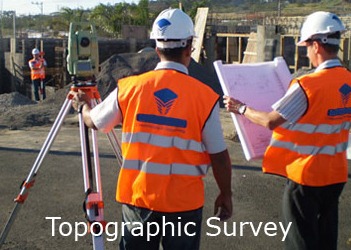Considerations in environmental Site Investigation
Site investigation is carried out before the start of a new construction projects. Environmental considerations in site investigation is of much importance to investigate the site suitability for the given project.
This investigation refers to the local conditions and resources both natural and those already existing including the infrastructure.
A preliminary site reconnaissance should be carried out as early as possible utilizing available data, in order to consider the surroundings in relation to the project. Aerial photographs can be a valuable aid.
The principal investigation that should be carried out are given below:
(1) Topography – Suitability of surface features at the site on land or over water.

(2) Public and private services – Availability of a suitable workforce, transportation facilities for access, water supply, power and telecommunications, sewerage and drainage, disposal of wastes.
(3) Living amenities – Facilities available or required for accommodation during construction and afterwards. The extent and standard of the community services either existing or planned.
(4) Geology – The local ground conditions at the site and in the surrounding area would normally be indicated sufficiently at this stage from the geological survey maps where available, otherwise by a site visit and/or an enquiry addressed to the local public authority. Check for adverse natural conditions such as unstable ground, underground caverns and subsidence potential.
(5) Construction materials – If in situ deposits are of interest refer to the geology or earlier uses of the site (e.g. old tips). For new roads in virgin country use aerial survey and remote sensing.
(6) Hydrology – Surface and groundwater conditions, river and tide levels, currents and stream flow, flood levels and drainage conditions. Periodic occurrence of springs.
(7) Other uses of site area – Past, current and proposed other uses at and around the site, such as mine workings (underground or opencast), tunnels and underground bulk storage.
Former industrial areas, re-filled gravel pits, refuse tips, reclamation, waste and spoil dumps, buried pipelines, services, drains, pollution, radioactivity and other hazards. Ecological and conservation impacts. Consider both the site and its surroundings.
(8) Meteorology – Regional temperature, rainfall, humidity, prevailing winds and fog. Seasonal effects. Local microclimatical conditions before and after construction of the project
Comments